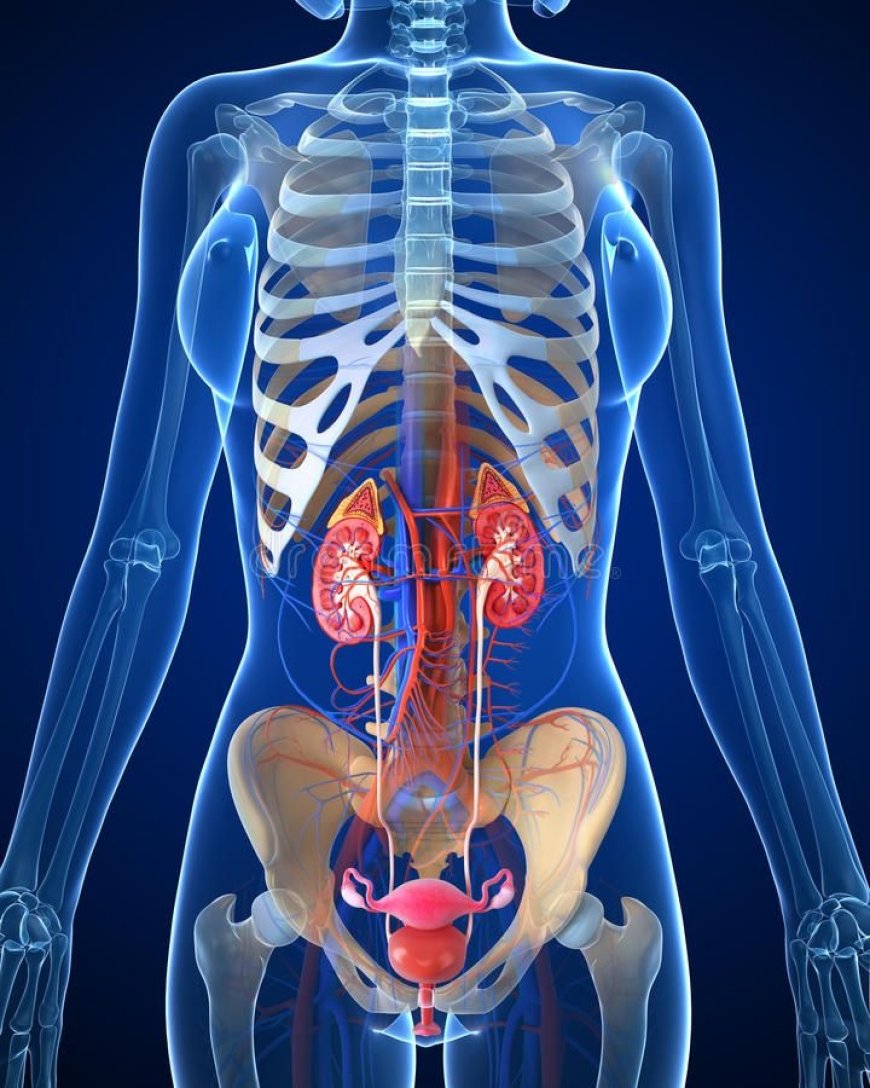Understanding Fistula: Causes, Symptoms, and Treatment Options for a Common Yet Overlooked Disorder

Fistula is a disease that hardly many may know despite the fact that it is so rampant in many societies across the world. At times, fistula remains underdiagnosed compared to other diseases and health conditions though when left untreated, it can cause problems such as severe pain. In this article the author discusses what causes this relatively unknown condition, how it presents, and various management strategies..
What is a Fistula?
A fistula is a cavity or passage directly from one organ or vessel to another or from one part of a living organism to another and not normally present. It can occur between different organs, blood vessels or between an organ and the skin. Hence the main subtypes include; Anal fistulas, Rectovaginal fistulas, Arteriovenous fistulas but they can affect any part of the body.
Types of Fistulas
Divisions which categorize Fistulas according to the location where they occur are as follows: The most common include:
- Anal Fistula: This is an unnatural passage that develops between the interior of the anus and the skin. Anal fistulas are common, but they can cause pain, swelling and discharge around the anus area and are caused by an infection on the anal gland.
- Vesicovaginal Fistula: This takes place where an incorrect join between the bladder and the vagina is created making the female to urinate through the vaginal opening.
- Rectovaginal Fistula: An abnormal connection between the rectum and the vagina with leakage of fecal material into the vagina, which results in pain and growth of some bacteria.
- Enterocutaneous Fistula: This kind of fistula transverse the intestine and the skin surface and might be as a result of an operation besides other conditions like the Crohn’s disease.
- Arteriovenous Fistula: Anatomical structure in which an artery communicates directly with a vein. Although it is usual to have it in the body, it is often induced in patients that are subjected to dialysis.
Causes of Fistulas
Fistulas can develop due to several underlying causes, including:
- Infections: Infections that become chronic often result from abscesses and lead to tissue necrosis creating a fistula. Some conditions, such as anal fistulas, usually occur after development of perianal abscess.
- Surgery: Fistulas are a possible complication in some cases, particularly where the patient has undergone surgery, in the Gastrointestinal or urinary systems.
- Inflammatory Diseases: Chronic inflammatory disorders such as Crohn’s disease or ulcerative colitis are among accepted causes of intestinal and rectovaginal fistulas.
- Trauma or Injury: Following injury in any part of the body through childbirth, accidents or invasive procedures a fistula may develop.
- Cancer: Some types of cancer are likely to cause a fistula through the formation of growths within the pelvic and gastrointestinal tracts if the tumours erode adjacent structures.
Symptoms of Fistula
The symptoms of fistulas vary depending on their location, but common signs include:
- Pain or discomfort in the affected area, especially during movement or bowel movements.
- Persistent drainage of pus or fluid from the fistula opening, which can be foul-smelling and irritating to the skin.
- Infections, as the abnormal connection between organs often allows bacteria to spread.
- Discharge of stool or urine through inappropriate channels, such as fecal matter passing through the vagina in the case of a rectovaginal fistula.
- Skin irritation or redness around the fistula opening.
If left untreated, fistulas can lead to chronic infections, abscess formation, and in severe cases, sepsis.
Diagnosing Fistulas
Fistulas are usually diagnosed based on clinical history, examination, and consent imaging studies. Generally, the approaches depend with the type of fistula present:
:
- Ultrasound or MRI: To detect the location and extent of the fistula.
- CT Scan: Useful for examining deep internal fistulas, especially in the abdomen or pelvis.
- Endoscopy or Colonoscopy: For visualizing fistulas inside the gastrointestinal tract.
- Fistulography: A special type of X-ray used to trace the fistula's path by injecting a contrast dye.
Early diagnosis is key to preventing further complications and deciding on the best course of treatment.
Treatment Options for Fistulas
Treatment measures primarily depend on the type of the fistula, its stages and its etiology. In some patients, just medication and conservative measures are needed but in other cases, surgery may be needed. Below are the most common treatment options:
- Medications: In certain situations when inflammation or infection is the major genesis then antibiotics and other non-prescription medicines can be used to reduce the inflammation. Corticosteroids and hence immunosuppressive drugs are administered for patients with IBD.
- Fibrin Glue: This is lesser form of surgery for particular kinds of fistulas. They categorize them into three, and the first involves injecting glue into the fistula to close the opening and heal.
- Seton Placement: A seton is a surgical thread passes through the fistula and enables the draining of infection and avoiding abscesses. This eventually assists the fistula in its treatment from inside, outwards.
- Fistulotomy: Aloe vera is an example of the herbs that are used in present day common surgeries such as fistulotomy for treatment of anal fistulas. The fistula is then unblocked by the surgeon to heal as a flat scar. This is a very efficient technique but the down side of it, is that the recovery time may take longer.
- LIFT Procedure (Ligation of Intersphincteric Fistula Tract): A minimally invasive approach for the identification and treatment of more complex levels of anal fistulas. This requires closing off the fistula without dividing the sphincter muscle to reduce chances of developing the condition of incontinence.
- Stoma Surgery: In severe cases of intestinal fistulas the surgeons may decide to make a stoma to divert stool from the affected area to allow for healing.
- Reconstructive Surgery: In cases where a fistula leads to extensive tissue injury, such as repair of profound midline defects caused by obstetric fistulas, vesicovaginal or rectovaginal fistulas, then organ reconstruction may be required.
Living with a Fistula: Outlook and Recovery
The prognosis of fistula patients depends with the type and stage as well as the outcome of the treatment that is administered. Some fistulas do close with little to no further treatment, while others will take a while to close, or may even be chronic or need multiple surgeries. Some of the measures that patients should take after the treatment includes; cleaning the area, preventing, identifying, and treating infections, and consulting their doctor.
For selected individuals, modifications may also be required, such as changes in diet, particularly when patients with gastrointestinal fistula are concerned. Therefore the earlier the diagnosis and treatment is initiated the better the facilities and less complications the patients is bound to receive.
Conclusion
Fistulas are probably more pervasive than a lot of people are aware, but they are still an undertreated issue. Although they can be sore and inconvenient, remedies are possible at alleviating or eliminating the problem. Despite the current modality of pharmacological treatment, endoscopic interventions, or surgery, treatment of fistulas is usually effective in the majority of the patients. So, anyone suffering from a fistula or know someone who does must seek medical help as soon as possible.







